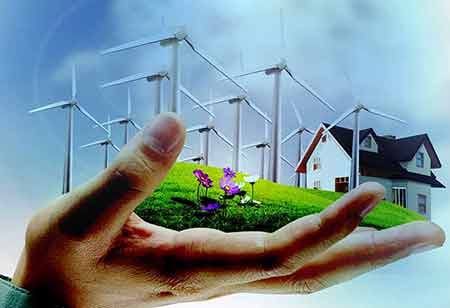Thank you for Subscribing to Energy Business Review Weekly Brief
All You Need to Know About the Compressor Technology
Because gas reserves are rarely found near where energy is required, the gas must be transported by pipeline or ship. Pipelines between Russia and Western Europe,

By
Energy Business Review | Friday, January 14, 2022
Stay ahead of the industry with exclusive feature stories on the top companies, expert insights and the latest news delivered straight to your inbox. Subscribe today.
Compressors are an essential component of the energy value chain. They also play a part in the energy transition by assisting in the reduction of emissions.
Fremont, CA: Compressors are massive mechanical devices that push the pressure acting on gas and reduce its volume by using either rotational force or piston movement. They have a significant impact across the entire energy value chain, improving the efficiency of numerous operations and, as a result, lowering emissions.
Compressors can move energy
Because gas reserves are rarely found near where energy is required, the gas must be transported by pipeline or ship. Pipelines between Russia and Western Europe, or Canada and the United States, can be thousands of miles long. Every 70 miles or so, compression stations are erected to offset natural pressure loss and 'push' the gas to the next station along the route. Natural gas is compressed by a factor of 10 or more to chill and liquefy it for transport on specialist ships when pipelines aren't feasible, such as between Australia and Japan. Liquefied natural gas (LNG) is regasified and transported by pipeline to cities, industrial clusters, and other large energy users once it reaches its destination.
Compressors have to potential to enable hydrogen evolution
Compression technology will be critical in realizing hydrogen's full energy potential. Compressors are used to handle and pressurize gases, including hydrogen. Hydrogen is usually produced at low pressures (20–30 bar or less) and must be compressed before being transported. Compressors are therefore essential in both hydrogen compression and transportation. Positive displacement (reciprocating) or centrifugal compressors are the most common types of gaseous hydrogen compressors utilized today. It's worth noting that compressors presently account for up to 30% of the cost of a refueling station. Compression solutions that are safe, efficient, and dependable can assist ensure good hydrogen purity at the needed pressure.
It takes immense engineering capabilities to produce great compressors
Compressors are very complicated and engineered technologies that manage a variety of gas conditions. The materials have changed over time, and the impellers' highly complicated design profile has developed, shifting from open to closed parts and from 2D to 3D blades. Today, the geometry of each blade can help raise the compressor's efficiency and pressure, and substantial advancements in aerodynamics and rotodynamics are driving further design improvements.






